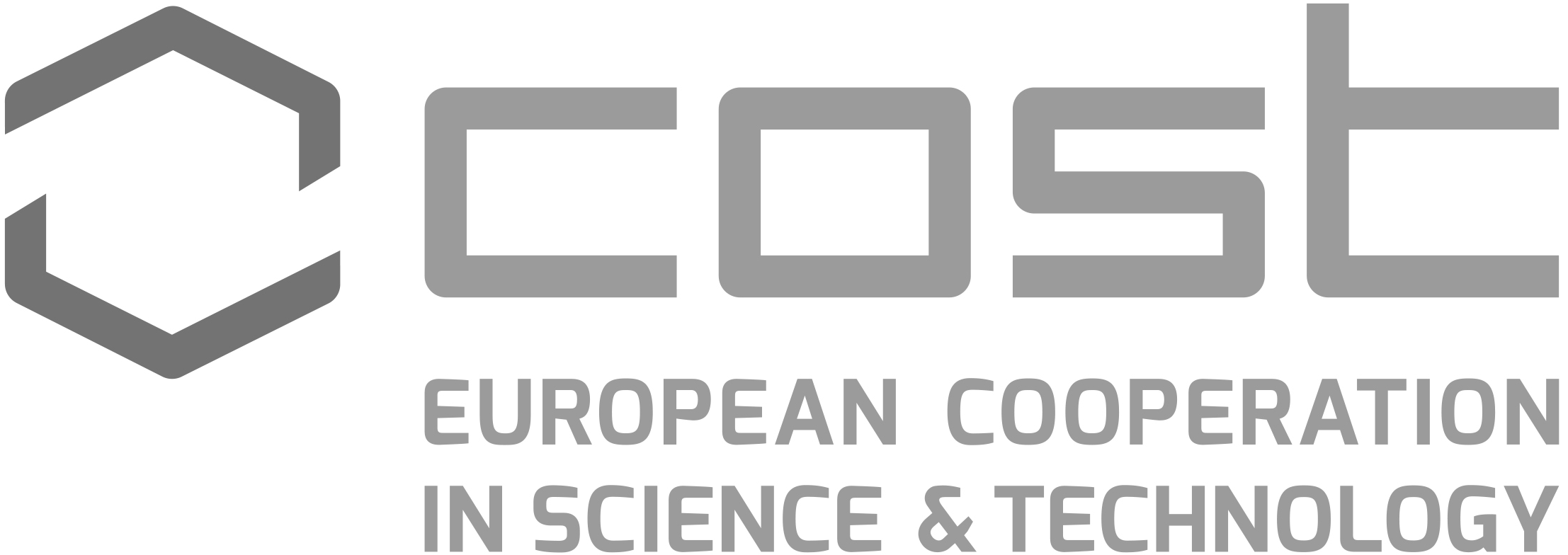Working Group 2 Code Workshop
The Bern model - Christoph Mordasini (University of Bern, Switzerland)
Chemcomp: calculating disc and planetary compositions - Bertram Bitsch (University College Cork, Ireland)
cuDisc: a 2D protoplanetary disc evolution code - Richard Booth (University of Leeds, UK)
cuDUST: cuda-based radiation-dynamics code for Lagrangian dust particles - Jiaqing Bi (ASIAA, Taiwan)
The Deneb code - Ondrej Chrenko (Charles University Prague, Czechia)
Disc evolution and planet formation with Dusty FARGO-ADSG - Sergei Nayakshin (University of Leicester, UK)
DuCKLinG: Dust Continuum Kit with Line Emission from Gas - Till Kaeufer (University of Exeter, UK)
DustPy: modelling dust growth in protoplanetary disks - Sebastian Stammler (LMU, Germany)
FargoCPT: 2D planet-disc-interaction simulations the easy way - Thomas Rometsch (University of Heidelberg, Germany)
FargoCPT: Q&A - Thomas Rometsch (University of Heidelberg, Germany)
FEOSAD: modelling the formation and long-term evolution of protoplanetary disks - Eduard Vorobyov (University of Vienna, Austria)
GroMiT: planetary growth and migration tracks code - Danae Polychroni (INAF/Torino Observatory, Italy)
JADE: joint astrochemistry and disc evolution - Elenia Pacetti (INAF/IAPS, Italy)
Mercury-Arxes: a high-performance n-body code for planet formation studies - Diego Turrini (INAF/OATO, Italy)
ngFEOSAD: coarry accelerated 3D gas-dust hydrodynamics code - Eduard Vorobyov (University of Vienna, Austria)
Pebbel predictor - Joanna Drazkowska (Max Planck Institute for Solar System Research, Germany)
Phantom: a smoothed particle (magneto)hydrodynamics code for astrophysics - Rebecca Nealon (University of Warwick, UK)
SPH with radiative cooling and chemistry post-processing - Alison Young (University of Warwick, UK)
ProDiMo: the protoplanetary disk model - Peter Woitke (Austrian Academy of Science, Austria)
Tools for studying planetary geodynamics - Lena Noack (Freie University of Berlin, Germany)
Tracking the evolution of gas clumps in GI discs - Luyao Zhang (University of Leicester, UK)
Water retention calculator TOOL: icy minor bodies - Uri Malamud (Israel Institute of Technology, Israel)
Working Group 3 Seminar Series
From dust grains to planets: dust evolution in planet-forming disks - Til Birnstiel (LMU, Germany)
Conditions in the young disks at the onset of planet formation as seen with JWST and ALMA - Lukasz Tychoniec (Leiden Observatory, Netherlands)
A multi-molecule view of gas kinematics: characterising the 2D pressure sructure of disks - Viviana Pezzotta (University of Milan, Italy)
Rethinking about gravitational instability as a planet-forming scenario - Cristiano Longarini (University of Cambridge, UK)
DBNets2.0: simulation-based inference of protoplanetary discs and embedded planets - Alessandro Ruzza (University of Milan, Italy)
FEOSAD: modelling the long-term evolution of protoplanetary disks - Eduard Vorobyov (University of Vienna, Austria)
exoALMA: first wave results - Rich Teague (MIT, USA)
Emission surfaces and temperature profiles of the exoALMA disks - Maria Galloway-Sprietsma (University of Florida, USA)
Simulating the Milky Way's exoplanet population - Chloé Padois (University of Barcelona, Spain)
Tracing the water vapor distribution in planet-forming disks with ALMA - Luna Rampinelli (University of Milan, Italy)
Working Group 4 Seminar Series
Deep Mantle: atmosphere coupling and carbanceous bombardment - Klaus Paschek (MPIA, Germany)
The giant planet dynamical instability - Sean Raymond (Bordeaux Astrophysical Laboratory, France)
From molecules to life: the chemical evolution from non-living to living matter - Oliver Trapp (LMU, Germany)
Revisiting the mass estimation of large meteoroid impacts - Simon Anghel (AIRA, Romania)

